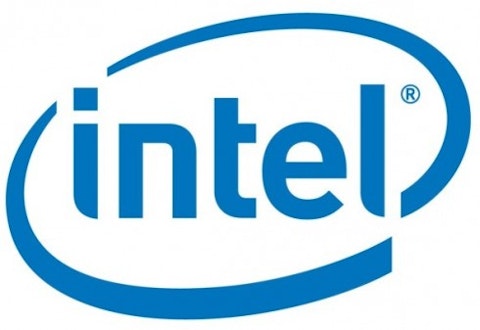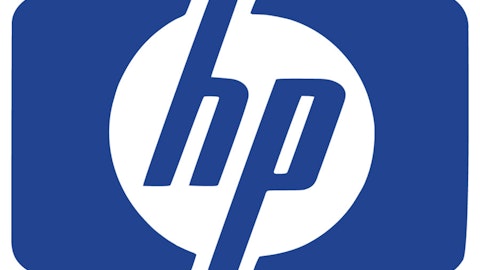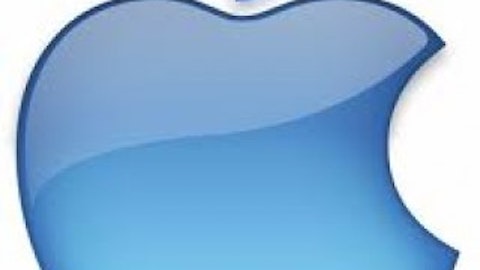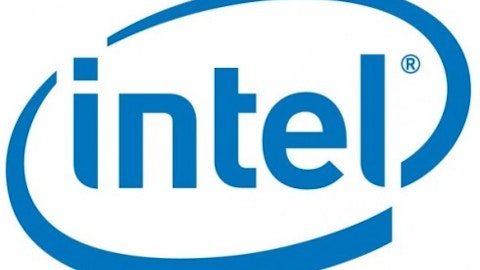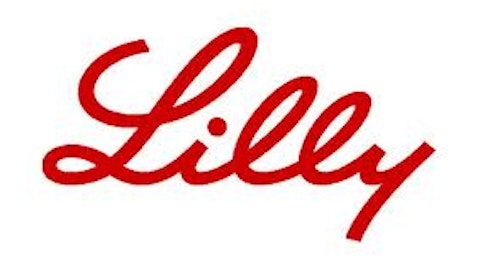Given the recent boost in bond yields, let’s compare dividend yields to bond yields for the 30 companies in the Dow Jones Industrial Average . For each of the 30 stocks, I found notes with about 10 years to maturity and compared the bond yield to the dividend yield. Thirteen Dow stocks have a dividend yield higher than the yield on their own mid-term notes. The table below lists the company in each of five sectors with the biggest spread between the company’s stock yield and its bond yield.
| Company | Sector | Dividend Yield | Bond Yield | Bond Price | Bond Matures | Callable |
|---|---|---|---|---|---|---|
| AT&T Inc. (NYSE:T) | Telecommunication services | 5.01% | 3.01% | $99.95 | Feb. 15, 2022 | Yes |
| Intel Corporation (NASDAQ:INTC) | Information technology | 3.61% | 2.90% | $102.95 | Oct. 1, 2021 | Yes |
| E I Du Pont De Nemours And Co (NYSE:DD) | Materials | 3.42% | 2.62% | $111.37 | April 1, 2021 | Yes |
| McDonald’s Corporation (NYSE:MCD) | Consumer discretionary | 3.13% | 2.51% | $100.89 | Jan. 15, 2022 | Yes |
| Johnson & Johnson (NYSE:JNJ) | Healthcare | 3.11% | 2.72% | $136.08 | Nov. 15, 2023 | No |
Source: FINVIZ.com; FINRA.org.
The stocks
AT&T Inc. (NYSE:T) boasts the largest spread between the dividend yield and bond yield. It’s also the highest-yielding company in the Dow Jones Industrial Average. A concern with AT&T is whether the highly competitive wireless business can grow fast enough to offset the shrinking landline business. So far, AT&T Inc. (NYSE:T) has been able to maintain its string of annual dividend hikes. My Foolish colleague Anders Bylund explains why the dividend is in better shape than it looks at first glance.
Intel Corporation (NASDAQ:INTC) dominates the PC chip market but is working to catch up in mobile. The stock’s price-to-earnings ratio is below the S&P 500 average, there’s nearly $4 billion of net cash on the balance sheet, and the payout ratio is a reasonable 44%. All point to a company with the ability to maintain and raise its dividend.
Chemical giant E I Du Pont De Nemours And Co (NYSE:DD) trades at a discount to market valuation and has a reasonable P/E ratio. Recent dividend history has been steady and includes a four-year stretch with no increases. Concerns include recent guidance for earnings to be at the low end of previously provided guidance.
A growing business, a decent dividend, and a solid history of dividend hikes dating back to 1976 are some of the reasons to consider McDonald’s Corporation (NYSE:MCD) for an income-oriented portfolio. Breakfast and new menu items drove an increase in comparable-store sales for May; if that continues, McDonald’s will be positioned to keep the string of annual dividend hikes coming.
Johnson & Johnson (NYSE:JNJ) is one of only four non-financial companies in the U.S. to sport a top “AAA” credit rating from Standard and Poor’s. J&J’s $6 billion in net cash, reasonable 66% payout ratio, and long track record of annual dividend hikes are all good reasons to earn the company a place on any income investor’s research list.
And the bonds
All five bonds carry credit ratings comfortably in the investment-grade range, meaning there’s almost no chance investors won’t collect the coupon payments and return of principal promised. The main risk in these five bonds is rising interest rates. As rates go up, bond prices go down. It’s true that bond investors don’t have to sell at a discount, but if rates are rising, they would have to choose between selling and moving to something else or sitting on a poorly performing investment.
So what’s an investor to do?
These stocks offer higher yields than 10-year treasuries and good prospects for the dividend payouts to be raised over time. They also carry the risk — for these five, very slight — that the dividends will be cut or eliminated, because the companies are under no obligation to continue paying dividends. Of course, the stock price will move along with the market, business prospects, and news.
The bonds are a known quantity. Barring the unlikely case of default, an investor in one of these bonds will receive a constant coupon payment and return of the bond’s face value at maturity. Note that four of the five bonds trade at a premium, meaning the current market price is above the bonds’ face value. Four of the five are also callable, meaning the company can redeem them before maturity. Call prices are typically a premium to face value, but not necessarily market value.
My crystal ball isn’t clear enough to say for certain whether stocks or bonds are a better investment right now. I can tell you that I’m an income-oriented investor and that in three of the five cases listed, my money is literally riding on the stocks. Even with the recent climb in bond interest rates, there’s still a strong case for quality dividend stocks to be core holdings in a portfolio designed for income.
The article Should Long-Term Investors Go for Dividends or Blue-Chip Bonds? originally appeared on Fool.com and is written by Russ Krull.
Russ Krull owns shares of AT&T Inc. (NYSE:T), McDonald’s, and Intel Corporation (NASDAQ:INTC) but has no positions in any of the bonds mentioned. The Motley Fool recommends Intel, Johnson & Johnson, and McDonald’s. The Motley Fool owns shares of Intel, Johnson & Johnson, and McDonald’s.
Copyright © 1995 – 2013 The Motley Fool, LLC. All rights reserved. The Motley Fool has a disclosure policy.
